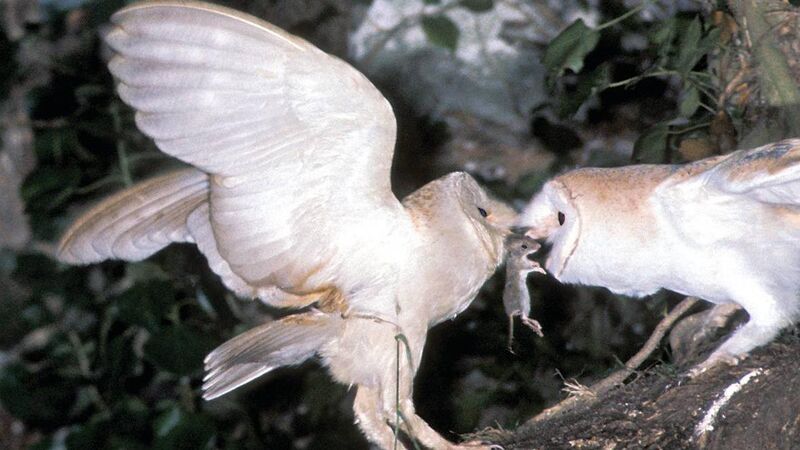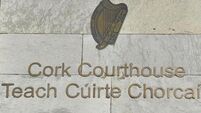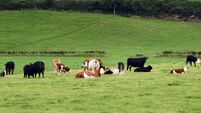Head-turning: Cork sees surge in barn owl numbers thanks to efforts of volunteers

The proliferation of greater white-toothed shrews in the Cork region is providing nesting barn owls with a greater capacity to raise more chicks. File picture: Richard Mills
County Cork has recorded the country’s record number of breeding barn owls, due in no small part to extensive efforts of local Bird Watch Ireland (BWI) volunteers in the region who have created more than 200 special nest boxes for them.
The explosion in the barn owl population in the county has also been aided by farmers who now see them as a natural alternative to putting down rat poison. The birds of prey are also thriving following the appearance of a new species in 2007, which has become a staple diet for them. As this food source is becoming abundant it is increasing barn owl numbers.















